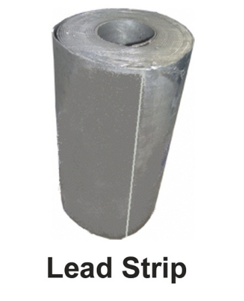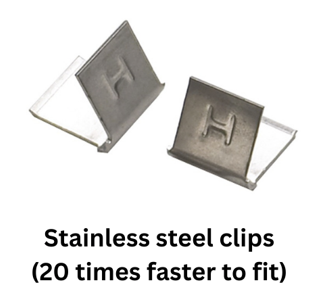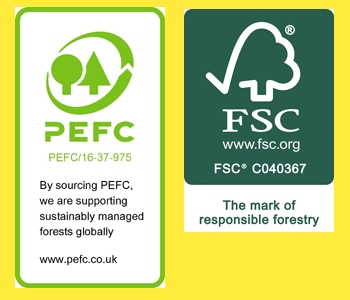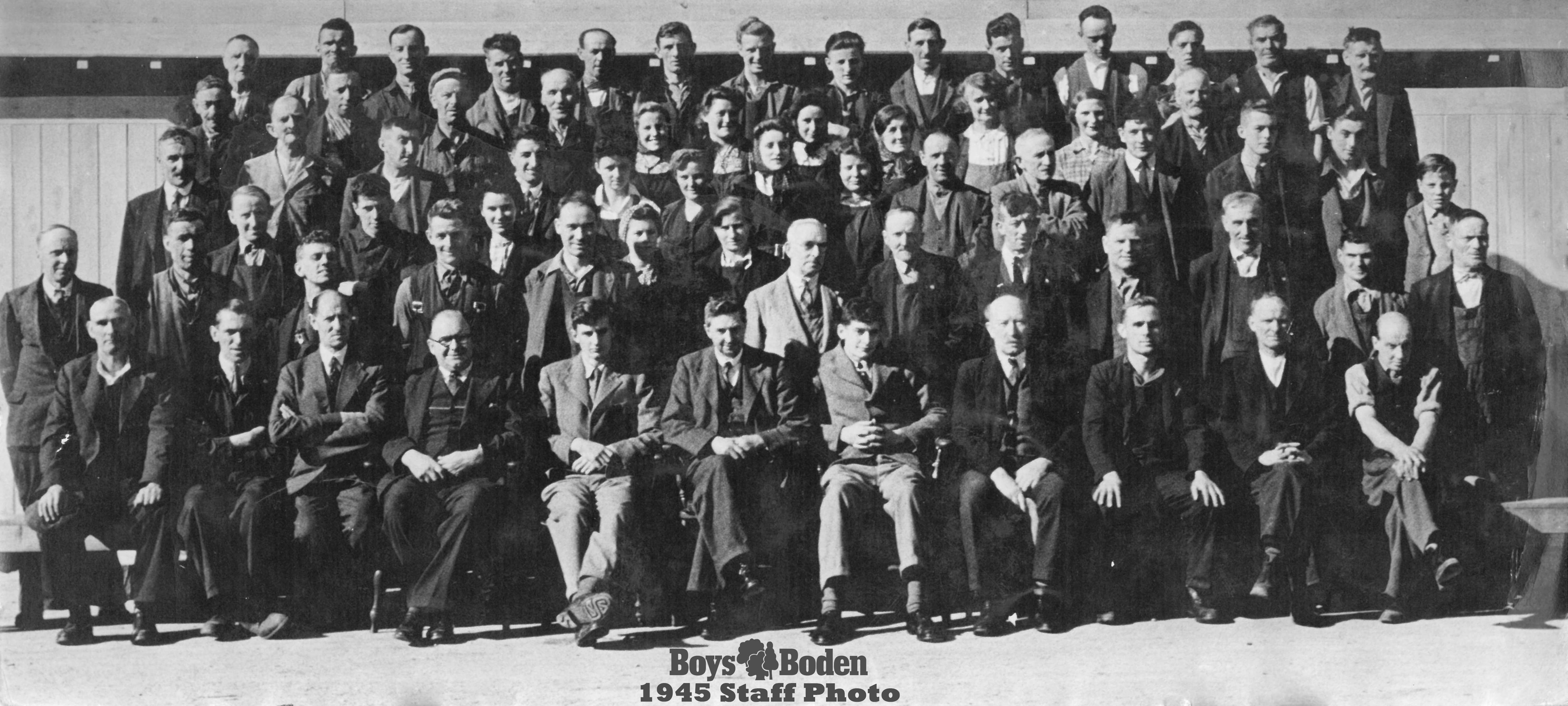Benefits of Lead Flashing
Lead flashing is a thin strip of lead metal used in roofing and building construction to create a watertight seal around roof penetrations and intersections between different building materials. Lead flashing is known for its durability, malleability, and resistance to corrosion, making it ideal for use in harsh outdoor environments.
Lead flashing is often used to seal around chimneys, skylights, vents, and other roof penetrations, preventing water from entering the building and causing damage. The lead is bent and molded to fit the contours of the roof and building materials, creating a tight and secure seal. Lead flashing is also often used in the valleys of a roof, where two sloping roof sections meet, to prevent water from seeping into the building.
Lead flashing is a versatile material that is widely used in construction, and it's often preferred over other materials such as aluminum or plastic due to its long lifespan, ease of installation, and ability to withstand extreme weather conditions.
Lead Strip or Stainless-Steel Clips for fixing Lead into Masonry Joints
Lead flashing is important when keeping your property free from leaks and serious structural problems caused by damp entering the property. In order to prevent this, you can use lead flashing to waterproof your property from breaks in structures external of your property such as windows, skylights and chimneys.
To achieve this you can use either Lead Strip or Stainless Steel Clips, although it is recommended that you use the Stainless Steel Clips as you can fit 20 times faster than Lead Strip.
1. Insert Clip with ‘H’ uppermost for the best results (see photo).
2. Easily secure with a screwdriver or a similar tool (see photo).
3. Point with BLM Lead Pointing Sealant for a clean finish (see photo).
